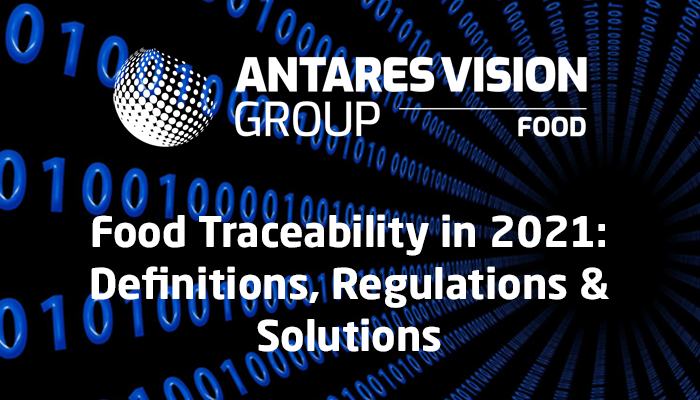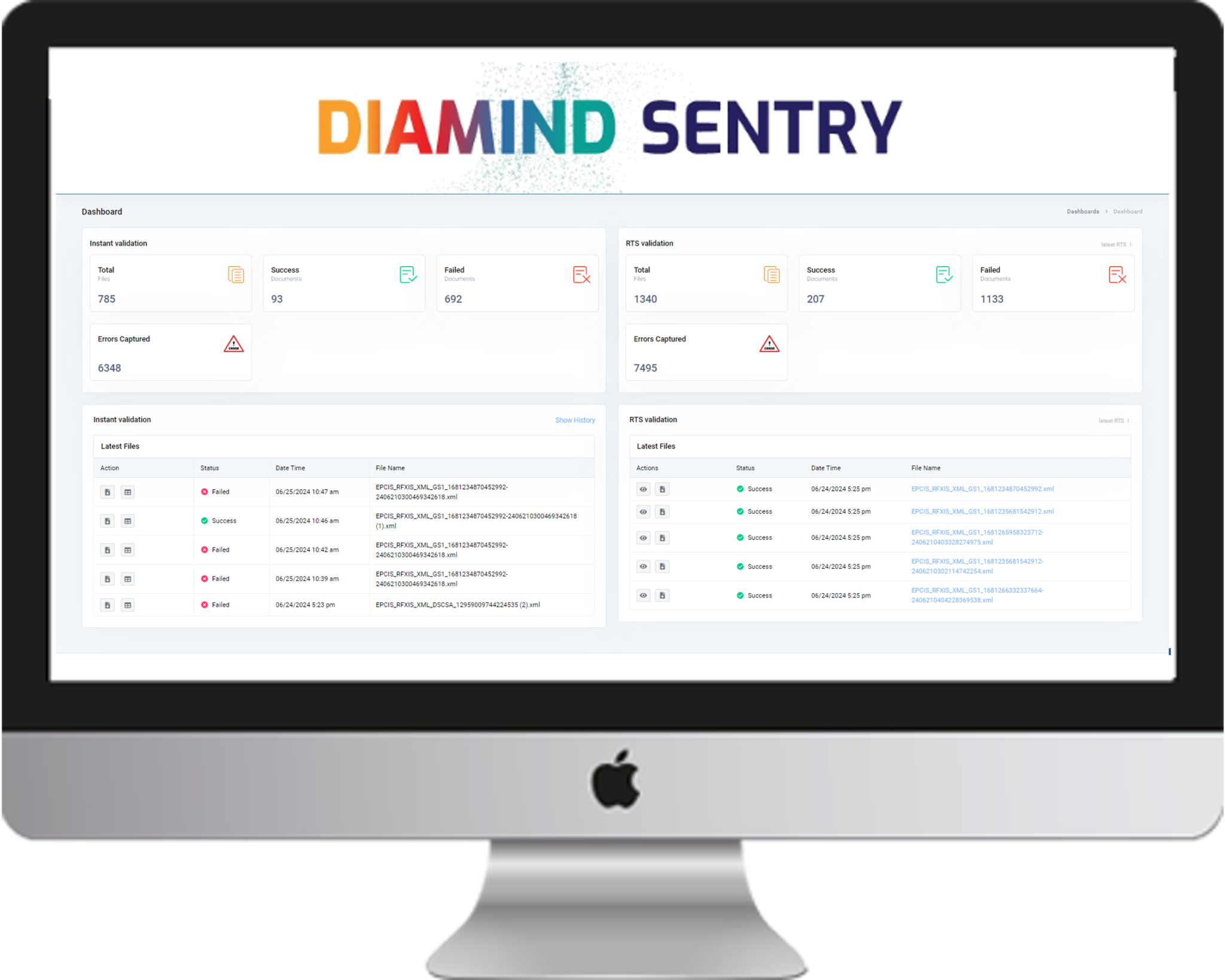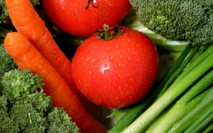As we all know, the pandemic has revealed shortcomings in the supply chains of virtually every industry. And though the vaccine supply chain has dominated headlines over the last several months, food traceability has been top of mind for companies and governments alike since the earliest days of COVID-19.
Let’s take a look at the state of food traceability — what it is, how it works, and its future as we kick off 2021.
What is food traceability?
The U.S. Food and Drug Administration (FDA) defines food traceability as “the ability to follow the movement of a food product and its ingredients through all steps in the supply chain, both backward and forward.”
That’s a spot-on definition, but we’d like to add a few things. First, food traceability in 2021 means you can follow your products in real time. Yes, you can see where they’ve been and know where they’re going, but you can also see where they are right now. And with powerful tools like our rfxcel Integrated Monitoring (rIM) solution and Mobile Traceability app, you’ll have access to real-time information about environmental conditions (e.g., temperature, humidity, light, tilt, and shock) and location.
With this rich, actionable data, your food traceability capabilities expand exponentially. Not only can you take immediate action if there’s an environmental concern — a temperature excursion, for example — but you can course-correct if your vehicle is approaching a traffic jam or encountering other obstacles or delays. You can also tap data to combat theft and make recalls more efficient. (We wrote about modernizing food recall management late last year; check it out here.)
The other thing we’d like to add to the FDA’s definition is that, today, food traceability should be occurring in a digital supply chain. If you’re still pushing paper in 2021, it’s time for you to contact us and start thinking about upgrading to a digital supply chain powered by the rfxcel Traceability System (rTS). Our award-winning platform will transform your supply chain and how you use it. From ingredients to finished goods, rTS will bring state-of-the art food traceability to your operations.
Furthermore, rTS turns every one of your products into a “digital asset” that you can use to nurture and protect your brand and engage consumers. Complete food traceability, starting at the harvest and ending in your customers’ homes, builds an ironclad product provenance and a compelling story you can promote and share. Today’s consumers, especially with the health and safety of their families foremost in their minds, are demanding more from brands — more information, more transparency, more quality, more interaction. As we wrote last fall, food traceability is creating a new kind of “consumer kingdom,” and it’s a digital supply chain that’s making it possible.
Food traceability: An FDA priority
In “Modernizing Food Recall Management,” we talked about the FDA’s New Era of Smarter Food Safety. Announced in April 2019, it’s “a new approach to food safety, leveraging technology and other tools to create a safer and more digital, traceable food system.”
Then, in July 2020 the Administration released the “New Era of Smarter Safety Blueprint,” which included a Food Traceability Proposed Rule designed to “help the FDA rapidly and effectively identify recipients of foods on its Food Traceability List to prevent or mitigate foodborne illness outbreaks and address credible threats of serious adverse health consequences or death.”
Next, to ring in 2021, the Administration on January 12 “made clarifying edits” to the Food Traceability List and published a FAQ for the Food Traceability Proposed Rule.
The Food Traceability List contains the foods that have additional traceability recordkeeping requirements per the Proposed Rule. The January 12 edits did not add or remove items from the list; instead, the FDA changed the descriptions of some commodities. For example, “fresh” was added to several fruits and vegetables “to clarify the scope of those commodities.” Revisions also clarified what cheeses fell under the category of “cheeses, other than hard cheeses.” See the FDA’s four-page memo for all the changes.
The FAQ for the Food Traceability Proposed Rule addresses questions the Administration has received about the Proposed Rule. Its primary goal is “to assist stakeholders who are considering providing feedback during the comment period, which has been extended until February 22, 2021.” If you want to submit a comment or review the comments that have been submitted, go to regulations.gov (Docket ID: FDA-2014-N-0053).
Final thoughts
Companies and governments around the world have been compelled to re-examine the security, efficiency, and resilience of their supply chains. Food traceability is vital to public health and safety, so it should rightfully remain a top priority.
rfxcel was founded on the principle of helping consumers know where products come from and being able to confirm that they’re safe and legitimate. With rfxcel’s Traceability System, Integrated Monitoring, Mobile Traceability app, and other solutions for food traceability, you’ll increase food quality and safety, modernize and improve recall management, optimize inventory tracking, and improve every aspect of customer service and interaction.
In other words, food traceability in a digital supply chain from rfxcel will ensure you’re doing everything possible to safeguard your customers, your brand, and your bottom line. No matter where you do business — the United States, Europe, Asia, South America, the Middle East — we can help make sure you’re ready for whatever 2021 (and beyond) has in store. Contact us today to arrange a demo.





